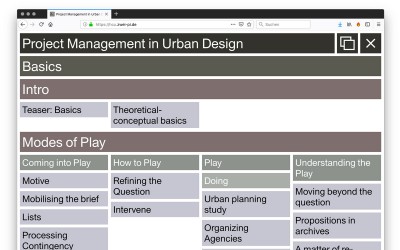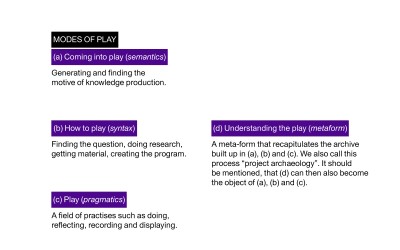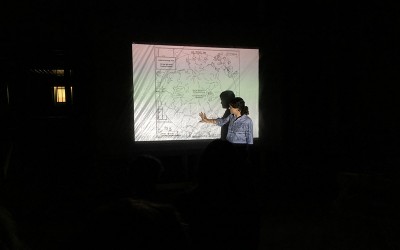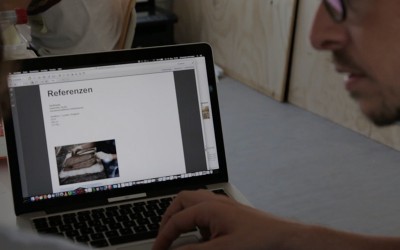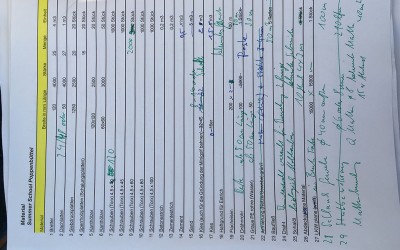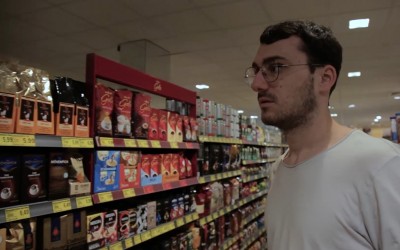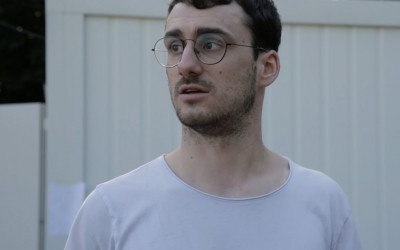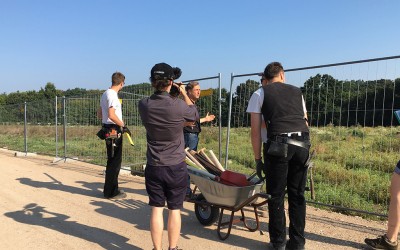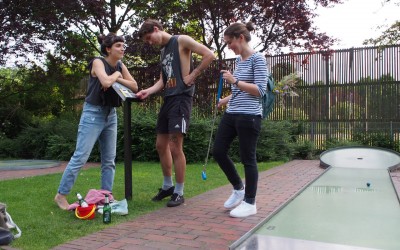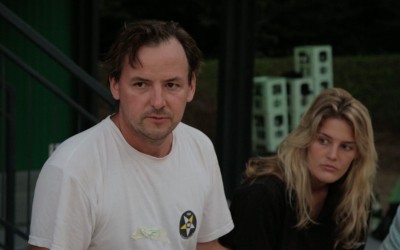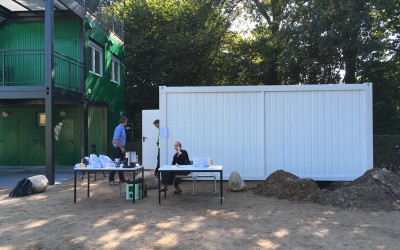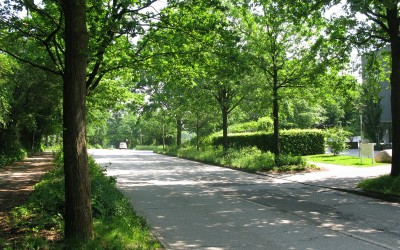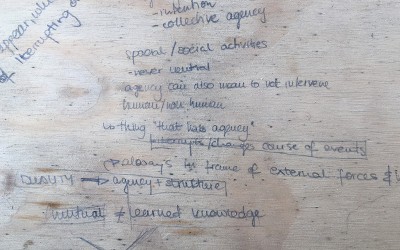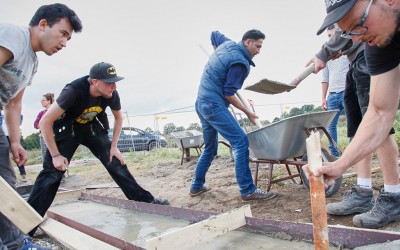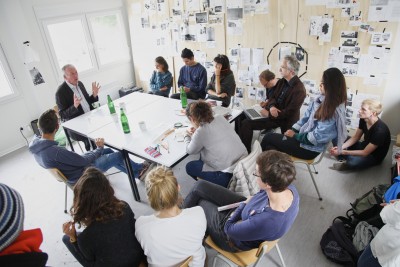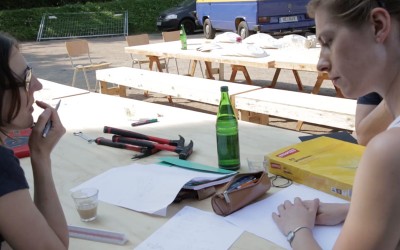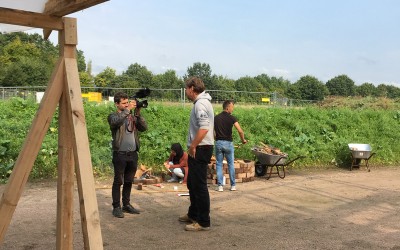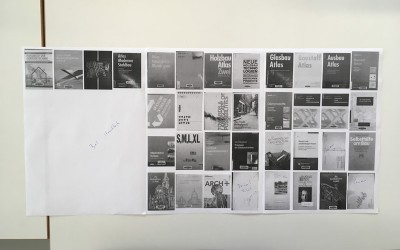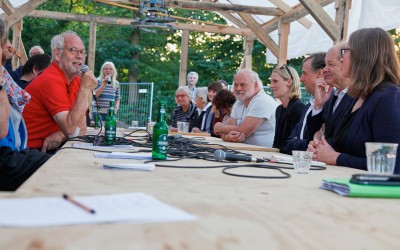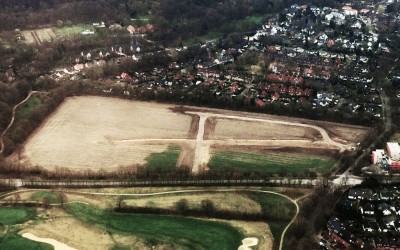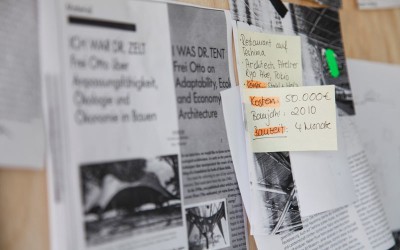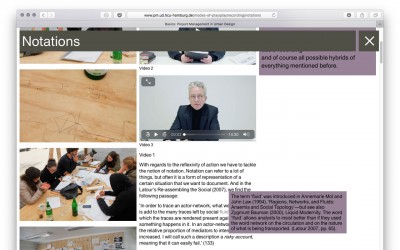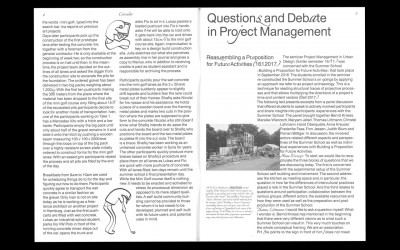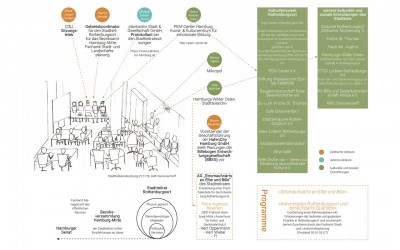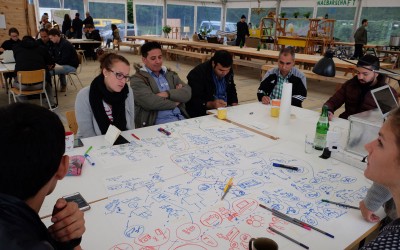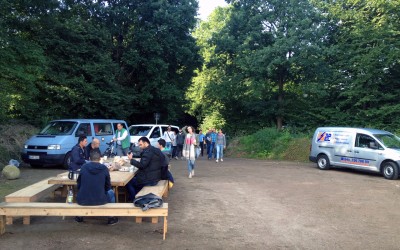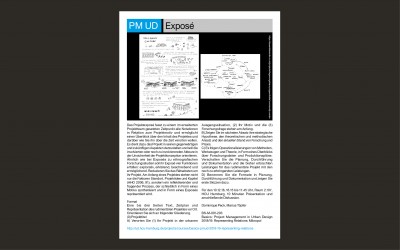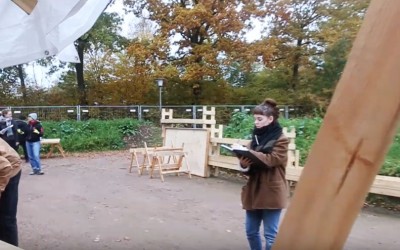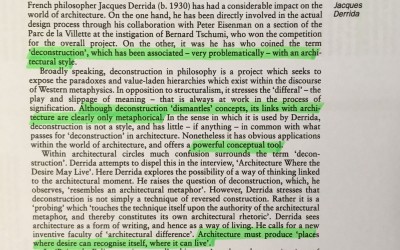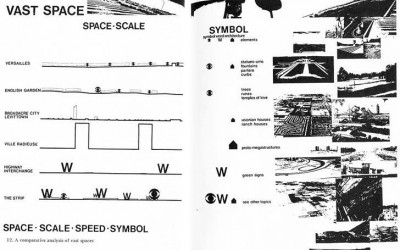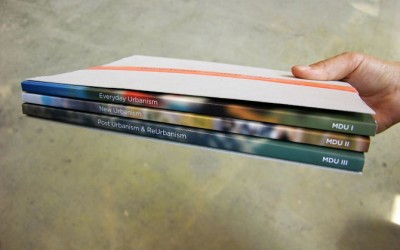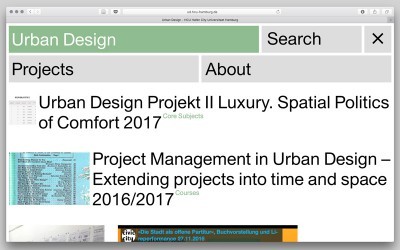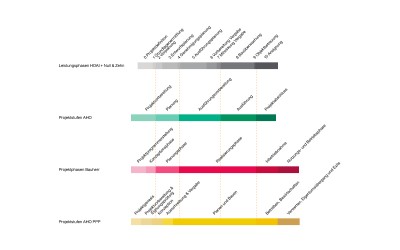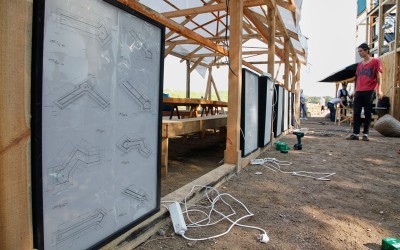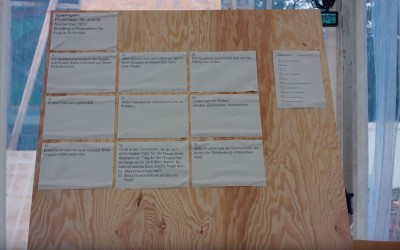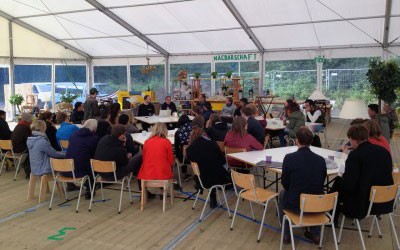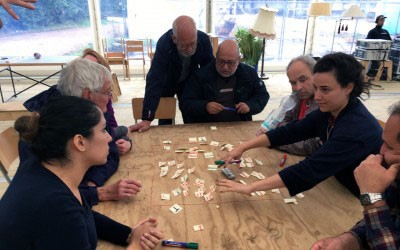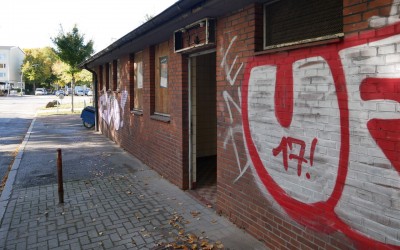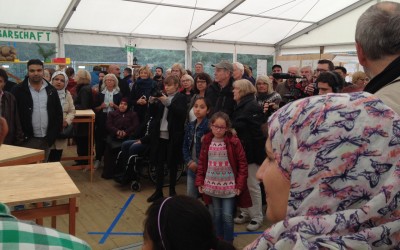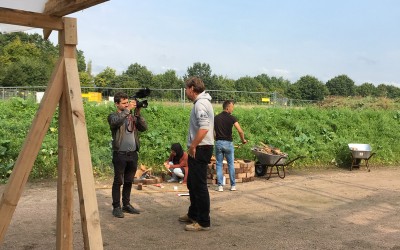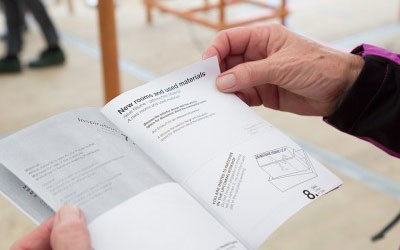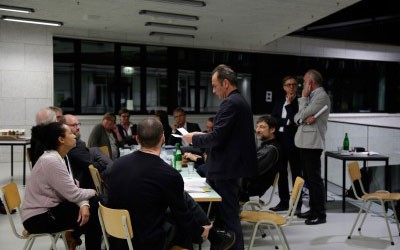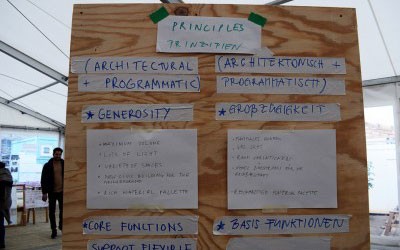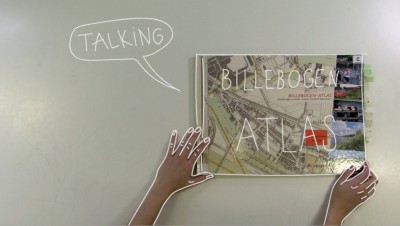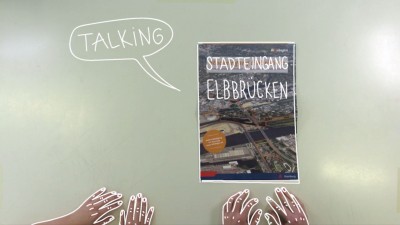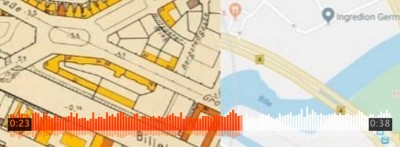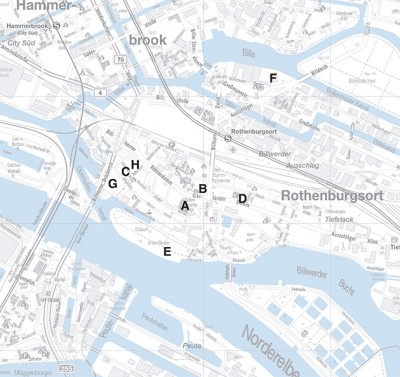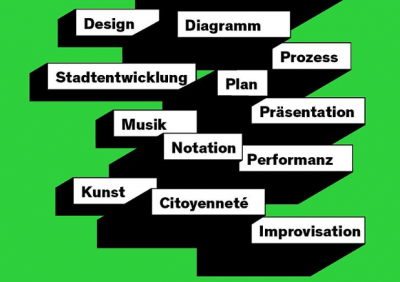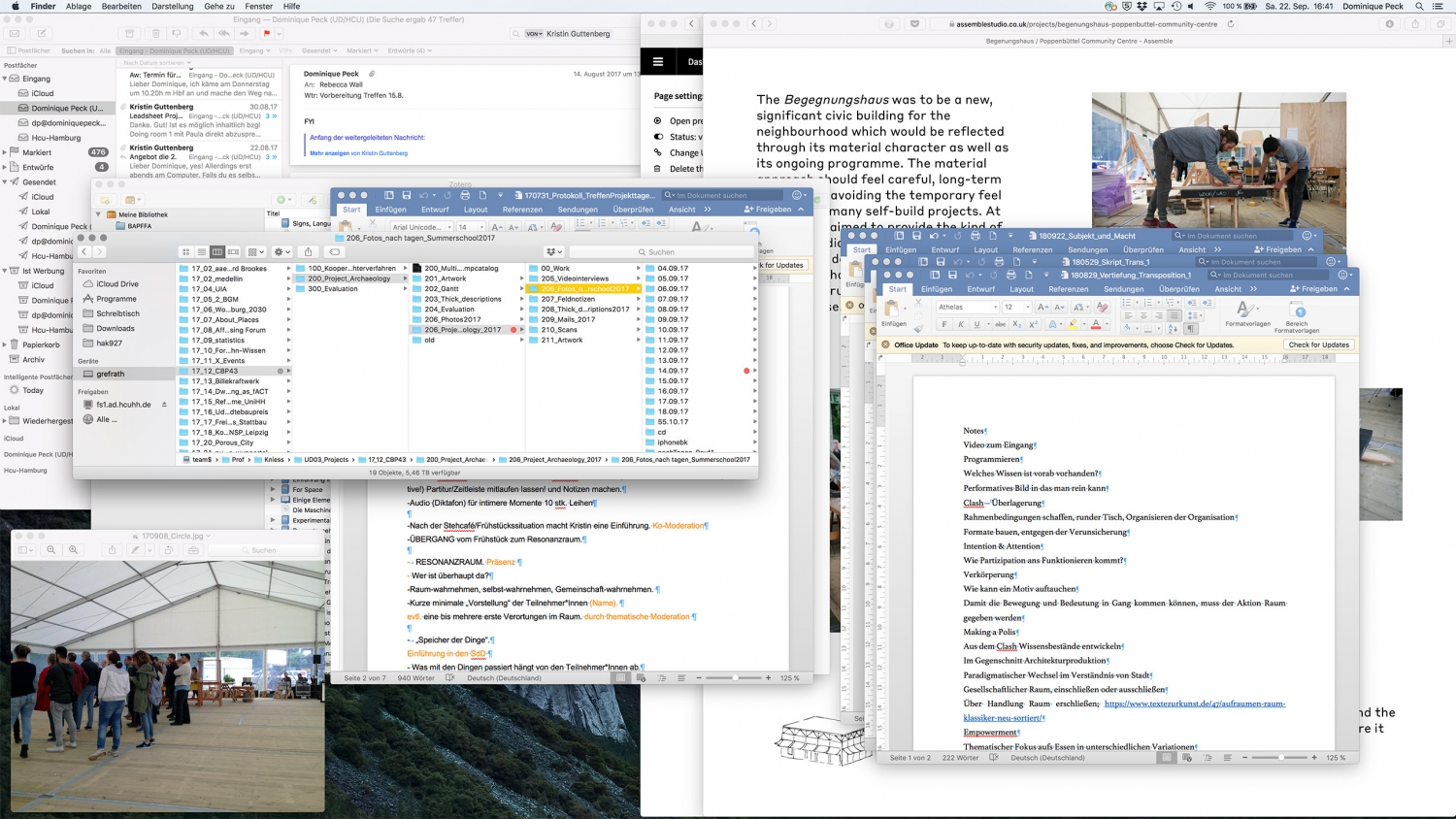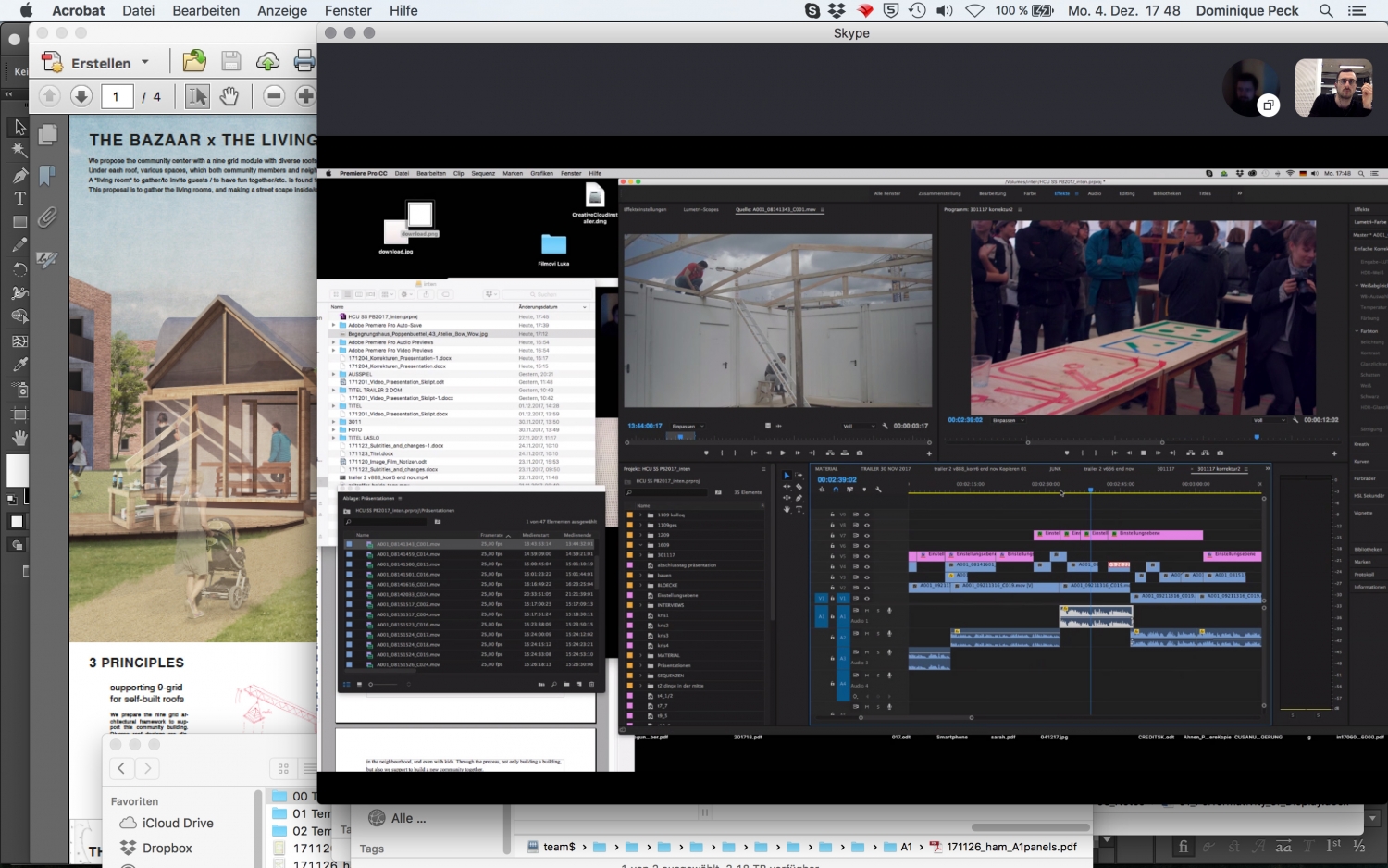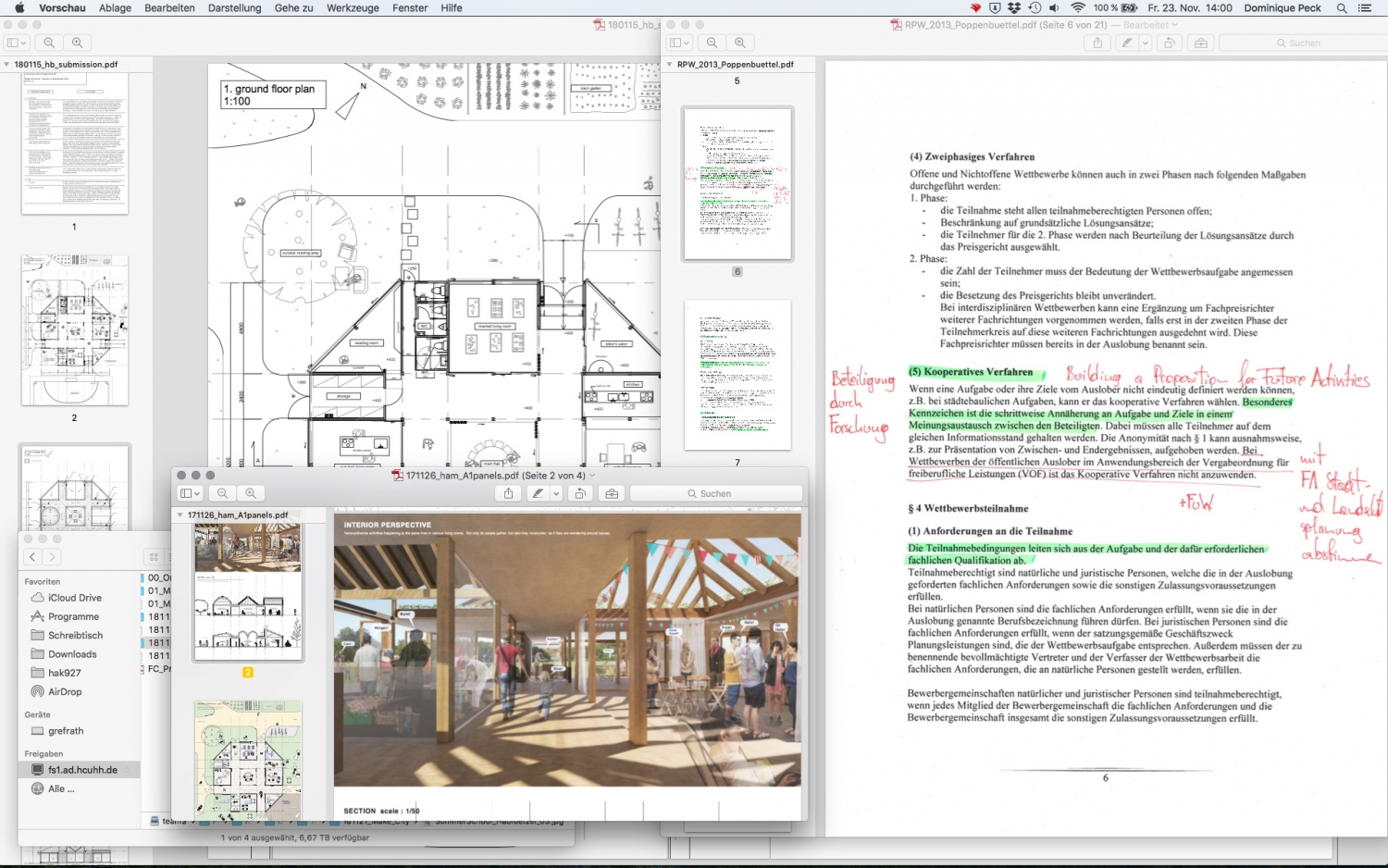The project Learning from Las Vegas is interesting for project management in urban design in the sense that its protagonists have done away with contemporary methods, tools, theories and discourses, including aesthetics, to make aspects of what it means to live today the central object of architectural production again. In the middle column of this page we gather only a few aspects of how this came about. With the death of Robert Venturi and the belated honor for Denise Scott Brown's contribution to Venturi's work, which won numerous prizes and positions, numerous exhibitions and publications on the life's work of the two have been compiled. The videos in this column originate from a conference at the AA in London and impressively show how and why Venturi and Scott-Brown's projects continue to be an integral part of the teaching, research and practice of so many architectural and urban planning practices. In a sense, with the Learning from format they have anticipated aspects of what is now celebrated as a real laboratory: the co-production of public, private and civil society actors in the realization of projects understood as knowledge production processes.
Basics
Modes of Play
Coming into Play
Play
Understanding the Play
Project Closure
Repository
Sort by:
Filter by: All (36)––
Dominique Peck has joined the Research and Teaching Programme Urban Design’s academic staff at HafenCity University in 2015. Being a UD alumni, his work has a focus on project management, design development and transposing formats in research, teaching and practice. Dominique was co-project managing the live project Building a Proposition for Future Activities and is now focused on his PhD Project Re-positioning Project Management in Urban Design.
Bernd Kniess is an architect and urban planner. Since 2008 he is Professor for Urban Design at HafenCity Universität Hamburg where he established the Master Programme Urban Design. He is interested in the negotiation of the contemporary city, whose planning principles he aims to diagrammatically describe and transfer into a relational practice as procedure.
